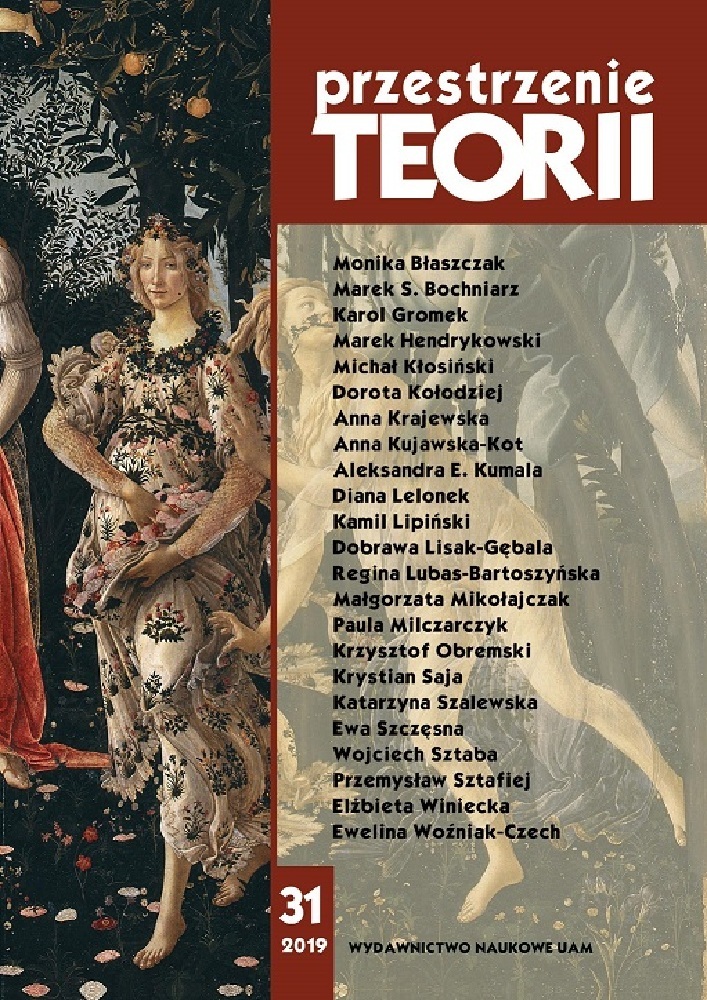Abstrakt
The Center for the Living Things is a research institute founded in 2016 in order to examine, collect and popularise knowledge concerning new non-human forms: plants, lichen, fungi and insects. All exhibits gathered in the Institute’s collection are abandoned objects, used commodities and those no longer needed – the debris of human overproduction, which has become the natural environment for many living organisms. Specimens were found in an illegal waste dumping site, where man-derived objects and plant tissues mix. These hybrids of plants and artificial objects are difficult to classify, as they are simultaneously animate and inanimate. Exhibits collected in the Center for the Living Things cannot be classified conventionally. Recently, waste has taken over behaviours from living matter. In the process of overproduction, the incessant need to constantly update the goods we possess is the reason why most of these unnecessary products seem to be out of our control. The Center for the Living Things aims to describe mechanisms appearing in the sphere of rejection and uselessness. In this sphere, products are no longer tools used by people. Products participate in almost every process that occurs in the biosphere, hence we cannot definitively separate economic or social processes from so-called natural processes. The Center aims to draw attention to these processes, seek connections and possible alternatives. Specimens are stored and cultivated in an ever-expanding collection at Poznań’s Botanical Gardens. This institution also organises also houses temporary exhibitions, presentations and workshops. Work is underway on an edition of the ‚Atlas of Waste-plants’ to appear at the end of 2019. More information and a digital version of the Institute’s collection can be found at: www.centerforlivingthings.com.
Bibliografia
Bakke M., Bio-transfiguracje. Sztuka i estetyka posthumanizmu, Poznań 2015.
Braidotti R., Po człowieku, Warszawa 2016 [2013].
Deleze G, Guattari F., Tysiąc plateau, Warszawa 2015 [1980].
Grosz E., Architecture from the Outside. Essays on the Virtual and Real Space, Cambridge, Mass., 2001.
Latour B., Polityka natury, Warszawa 2010.
Latour B., Splatając na nowo to, co społeczne. Wprowadzenie do teorii aktora-sieci, Warszawa 2009.
Melosik I., Rozmieszczenie Rhynchostegium megapolitanum [Web.et Mohr] B.S.G. w Polsce, „Badania Fizjograficzne nad Polską Zachodnią” 1993, vol. 42, s. 89–96.
Morton T., Hyperobjects, Philosophy and Ecology after the End of the World (Posthumanities), Minneapolis 2013.
Morton T., Dark Ecology. For a Logic of Future Coexistence, New York 2016.
Sudnik-Wójcikowska B., Koźniewska B., Słownik z zakresu synantropizacji szaty roślinnej, Warszawa 1988.
Wójciak H., Porosty, Mszaki, Paprotniki, Warszawa 2007.
Wright S., W stronę leksykonu użytkowania, „Format P” 2015, nr 9.
Licencja
Autorzy
Autorzy tekstów przyjętych do publikacji w czasopiśmie „Przestrzeniach Teorii” są zobowiązani do wypełnienia, podpisania i odesłania na adres redakcji umowy o udzielenie nieodpłatnej licencji do utworów, z zobowiązaniem do udzielania sublicencji CC.
Zgodnie z umową, autorzy tekstów opublikowanych w czasopiśmie „Przestrzeniach Teorii” udzielają Uniwersytetowi im. Adama Mickiewicza w Poznaniu niewyłącznej i nieodpłatnej licencji oraz zezwalą na użycie sublicencji Creative Commons Attribution-NonCommercial-NoDerivatives 4.0 International (CC BY-NC-ND 4.0).
Autorzy zachowują prawa do dalszego, swobodnego rozporządzania utworem.
Autorzy, którzy wykorzystują w swoim tekście cudze utwory (np. ilustracje, fotografie) proszeni są o dostarczenie do redakcji czasopisma zgodę na publikację od uprawnionych podmiotów.
Użytkownicy
Zainteresowani użytkownicy internetu uprawnieni są do korzystania z utworów opublikowanych po 2015 roku „Przestrzeniach Teorii” tylko w calach niekomercyjnych, pod następującymi warunkami:
- uznanie autorstwa - obowiązek podania wraz z rozpowszechnionym utworem, informacji, o autorstwie, tytule, źródle (odnośniki do oryginalnego utworu, DOI) oraz samej licencji;
- bez tworzenia utworów zależnych - utwór musi być zachowany w oryginalnej postaci, nie można bez zgody twórcy rozpowszechniać np. tłumaczeń, opracowań.
Do wszystkich tekstów opublikowanych przed 2015 r. prawa autorskie są zastrzeżone.
Inne
Uniwersytet im. Adama Mickiewicza w Poznaniu zachowuje prawo do czasopisma jako całości (układ, forma graficzna, tytuł, projekt okładki, logo itp.).
